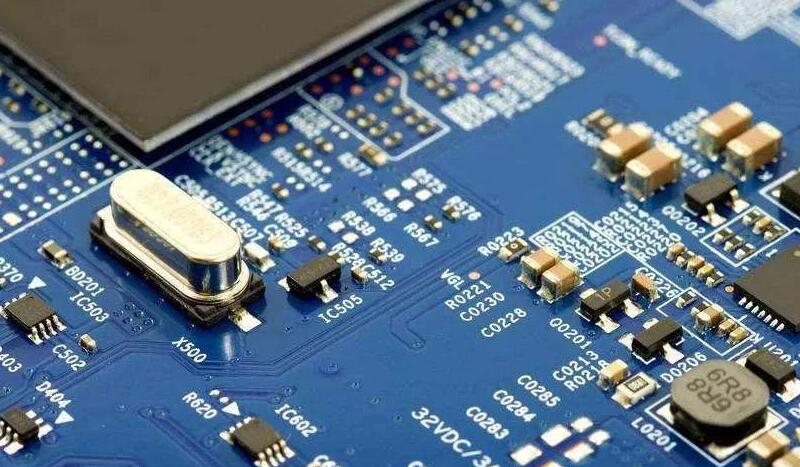When the PCBA patch processing plant encounters a newly designed PCBA sample, it will be difficult to debug. When the PCBA board is relatively large and there are many electronic components, it does not know where to start. If you master a set of reasonable debugging methods, you can achieve ideal results in debugging PCBA board.
During PCBA template commissioning, the patch processing plant generally follows the following steps: PCBA board surface observation and resistance inspection between power supply and ground wire. For PCBA proofing board, SMT technicians should first roughly observe whether there are some appearance problems on PCBA board, such as cracks, short circuit, open circuit and so on. If necessary, You can check whether the resistance between the power supply and the ground wire is large enough.
Installation components: components and independent modules are installed on PCBA circuit board. Generally, when they are not sure to ensure their normal operation, it is better not to install them all at one time, but install them separately in turn, so that it is easy to determine the fault range of PCBA board.

Power on to detect whether the power output voltage is normal. Install the power part on the PCBA circuit board, and then power on to detect whether the power output voltage is normal. If you are not sure enough when you power on, consider using an adjustable regulated power supply with current limiting function.
Preset overcurrent protection current: first preset the overcurrent protection current, then slowly increase the voltage value of the regulated power supply, and monitor the input current, input voltage and output voltage. If there are no problems such as overcurrent protection in the process of upward regulation, and the output voltage reaches normal, it indicates that the power supply part is normal. Otherwise, disconnect the power supply, find the fault point, and repeat the above steps until the power supply is normal.
Install other modules and power on test: next, gradually install other modules on the PCBA board. Power on test every module installed. Follow the above steps when power on, so as to avoid over-current and burn out of components due to design error or component installation error.
PCBA board manufacturers generally have the following methods to find PCB faults in PCBA manufacturing: the voltage measurement method first needs to confirm whether the voltage of each chip power pin on the PCB circuit board is normal, and then check whether various reference voltages are normal and whether the working voltage of each point is normal. For example, when a general silicon triode is turned on, the be junction voltage is about 0.7V, while the CE junction voltage is about 0.3V or less. If the be junction voltage of a triode is greater than 0.7V (except for special triodes, such as Darlington tube, etc.), it may be that the be junction is open.
Signal injection method of PCBA board: add the signal source to the input end, and then successively measure the waveform of each point of PCB to see whether it is normal, so as to find the fault point of PCB circuit board. Sometimes we also use some simple methods, such as holding a tweezer to touch the input terminals at all levels to see whether the output terminals respond. This is often used in audio, video and other amplification circuits. It should be noted that this method cannot be used for circuits with hot backplane or circuits with high voltage, otherwise it may lead to electric shock. If there is no response at the level before the collision, but there is a response at the level after the collision, it indicates that the problem is at the previous level, which should be checked emphatically.
Of course, there are many other ways to find PCB fault points, such as looking, listening, smelling, touching, etc. "looking" is to see whether the components on the PCB circuit board are mechanically damaged by SMT technology equipment, such as cracking, blackening, deformation, etc; "Listening" is to listen to whether the working sound is normal, such as something that should not ring, where it should ring, or the sound is abnormal; "Smell" is to check whether the PCB circuit board has peculiar smell, such as the smell of PCB circuit board being burnt, the smell of capacitor electrolyte, etc. "touch" is that SMT technicians use their hands to test whether the temperature of devices on the PCB circuit board is normal, such as too hot or too cold. Some power devices will generate heat when they work. If they feel cold, it can basically be judged that they do not work. But if the place that should not be hot is hot or the place that should be hot is too hot, this situation is abnormal. General power triode, voltage stabilizing chip, etc. usually in this case, the temperature of PCB board working below 70 ° C is no problem. What kind of concept is 70 degrees? Just try to press your hand up. If you can hold it for more than three seconds, it means that the temperature is about below 70 degrees. In this way, there is no problem.